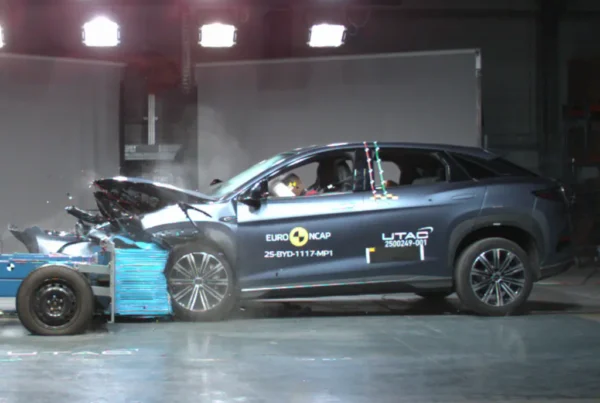The cost of crashes in a work vehicle can be significant. If a staff member is killed or injured the personal and emotional cost is high. Then there is the financial cost of a work-related crash with unplanned absences, costs to the car, payments to third parties and superannuation.
It is important for companies to do their best to reduce the likelihood of crashes and keep vehicle insurance premiums as well as repair and maintenance costs down.
Most importantly, no employer wants to have one of their staff killed or injured in an accident. Encourage your entire organisation to be mindful of the risks of speeding, using mobile phones or other potentially dangerous behaviours.
Risks of speeding
The risk of speeding is high. When you speed it means you:
- need more distance to stop to avoid a crash
- have less time to react to changes in the road, traffic conditions or the actions of other drivers
- are at a higher risk of dangerous situations such as veering onto gravel and losing control of the vehicle
If you crash at higher speed it means:
- your body is subjected to greater force causing severe injury or death
- the effectiveness of seatbelts and airbags is reduced
- pedestrians or cyclists will almost certainly be killed if struck by a vehicle at higher speeds and severely injured at lower speeds
Using A Mobile Phone
New Transport Accident Commission research shows illegal mobile phone use while driving is falling but more than half of Victorian drivers still admit to using their handheld devices at the wheel.
The TAC has ramped up its pleas to drivers to stay off their phones after 56 per cent of respondents in a survey of nearly 1000 Victorian drivers conducted late last year admitted to illegally using their phones while driving within the previous month.
While the figure had decreased from 62 per cent since the previous year’s survey, TAC Chief Executive Officer Janet Dore said it showed many Victorians were ignoring the deadly link between distractions and road trauma.
“Unless drivers are totally focussed on the task at hand, they are not in a position to respond to something unexpected like a pedestrian stepping out onto the road or a car stopping in front of them,” Ms Dore said.
Towards Zero eLearning Module
By the end of this course, learners should be able to:
- Describe what ‘Towards Zero’ is
- List the principles that underpin ‘Towards Zero’
- Identify who is involved in ‘Towards Zero’
- Indicate what role different people play in ‘Towards Zero’
- Recognise that everyone can make a difference on Victoria’s roads.




















